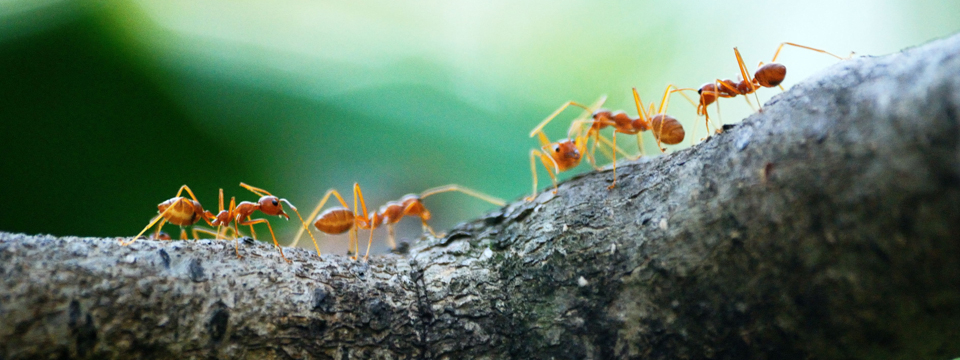
GE2018-17
The vast majority of life on the planet is just a few millimetres long. Join this miniature odyssey to observe the behaviour of tiny grazers, predators, and alien-like organisms. Participants will collect their own specimens first, and then observe them under the microscope, living and interacting. Participants will also run some chemical communication experiments with two major groups of social insects: termites and ants.
Instructor: Dr. Benoit Guénard (Assistant Professor, School of Biological Sciences, HKU)
Date: 27/10 (Sat)
Time: 9:00 – 13:00
Venue: Kadoorie Biological Science Building & Lung Fu Shan Country Park
Language: English
Deposit: $50 (refundable upon attendance)
Quota: 15
Registration:
Please enroll at the CEDARS-GE office (2/F, Pao Siu Loong Building) during office hours on or before 26/10 (Fri). Only limited spots up for grabs, first come first admitted.
Instructor: Dr. Benoit Guénard (Assistant Professor, School of Biological Sciences, HKU)
Date: 27/10 (Sat)
Time: 9:00 – 13:00
Venue: Kadoorie Biological Science Building & Lung Fu Shan Country Park
Language: English
Deposit: $50 (refundable upon attendance)
Quota: 15
Registration:
Please enroll at the CEDARS-GE office (2/F, Pao Siu Loong Building) during office hours on or before 26/10 (Fri). Only limited spots up for grabs, first come first admitted.
Schedule:
| Date | Time | Venue |
| 27 Oct 2018 | 09:00 - 13:00 | Kadoorie Biological Science Building & Lung Fu Shan Country |
Bio of Instructor(s) 導師簡介:

Dr. Benoit Guénard
Dr. Benoit Guénard is an Assistant Professor in the School of Biological Sciences at HKU. His work focuses on patterns of biodiversity from local to global scales and the mechanisms that drive them. His research also focuses on how modern global changes impact insect diversity and distribution in Asia through the examination of habitat changes and biological invasions. He is an expert on ant biology and biogeography and has a long expertise in entomology and science communication using insects. In particular, he used macrophotography to bring this small word to a scale relevant for human eyes.


